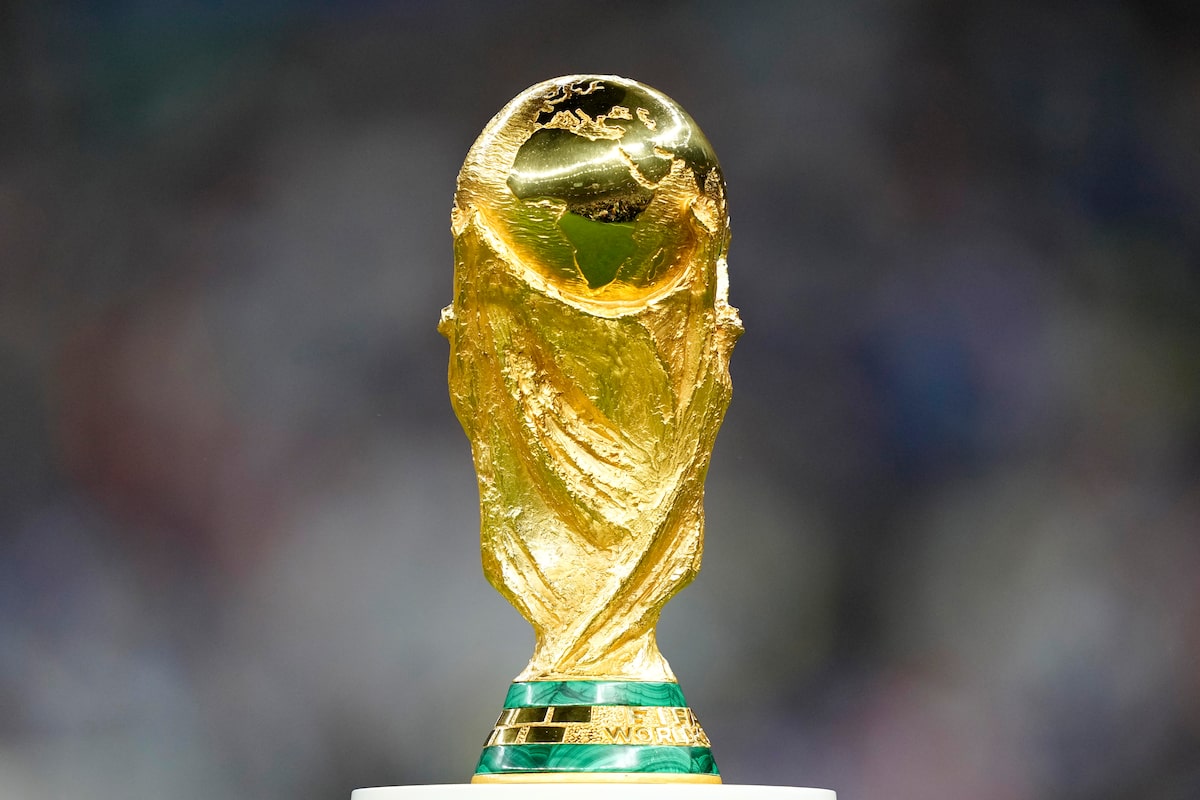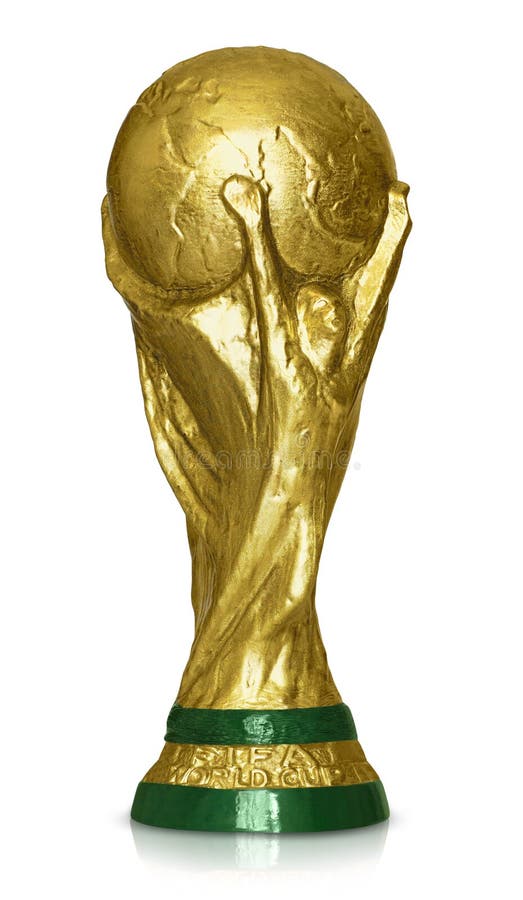Man, let me tell you something. I thought I was smart. I really did. When I decided to spin up a quick fan site—just a little side hustle, nothing major—around the World Cup last cycle, the first thing I needed was pictures. Good ones. I’m talking about those high-definition shots, the ones that perfectly capture the goal-scoring moment, the close-ups of the jerseys, the official tournament logo shining bright.

I jumped straight onto Google Images, set the filters to “large,” and just started saving everything that looked professional. I snagged dozens of high-res photos from major news agencies—you know, the ones with the little watermarks that are barely visible in the corner. I figured, hey, it’s global news! Everyone is using them! It’s promoting the sport! What’s the big deal? I built out the site, tossed up maybe fifty pictures, and felt pretty proud of myself. This was going to be awesome.
The Moment the Carpet Got Pulled Out
My site was up for maybe two weeks. I was getting decent traffic, nothing wild, but enough to make me think I was on the right track. Then the email hit. It wasn’t even a scary, official-looking legal letter—not yet, anyway. It was from a photo agency, the kind of agency that manages the work of thousands of photographers. The email basically said: “We noticed you are using five of our copyrighted images without license. You have 48 hours to remove them or we will proceed with invoicing for retrospective licensing fees.”
I opened the attached files and my stomach dropped. They weren’t kidding. They had screenshots of my site, circled the pictures, and listed their internal tracking numbers. The minimum fee they were quoting, just for these five pictures, was more than I make in a month from my regular job. I realized very quickly that “publicly available” does not equal “free to use.”
I panicked. I didn’t sleep for two days. I immediately pulled the entire site down. Everything. The thought of getting slapped with a proper legal demand from a massive organization, especially one associated with something as big as the World Cup, terrified me. I spent the next week doing nothing but digging into the absolute nightmare that is event and sports photography copyright.
My Deep Dive Into Who Actually Owns That Goal Shot
The first thing I did was try to understand who exactly held the rights to pictures taken at a World Cup event. It’s a mess, but here’s what I learned through painful searching and reading incredibly boring legal text written for big corporations:

- FIFA Owns the Event: They control the branding, the logos, the name, and the official broadcast footage. If you use their official logo or the specific trophy image, you are messing with FIFA. And you do not want to mess with FIFA.
- The News Agencies Paid Big Bucks: Those high-res, action-packed photos? They were taken by accredited photographers who either work directly for the tournament’s official media partners or work for massive agencies (like Reuters or AP) who paid huge sums for access and licensing rights. These photos are expensive assets, not free wallpapers.
- Watermarks Mean Warning: That little barely visible logo in the corner isn’t a suggestion; it’s a claim. When you crop it out or ignore it, you’re basically stealing a product they are trying to sell.
I realized my initial approach was completely backward. I assumed permission until told otherwise. The real rule is: Assume you need to pay for it until you can prove, with written documentation, that it is free.
I spent hours filtering through different licenses. I tried Creative Commons, but almost none of the truly exciting, professional-quality World Cup imagery falls under a CCO or free-use license. I even contacted a couple of smaller photographers who had taken pictures outside the stadiums, hoping they would let me use their stuff, but even they demanded a licensing fee because they needed to make a living.
The Final Outcome and The Hard Lesson
After that whole ordeal, I scrapped the initial idea completely. I realized that unless I was willing to shell out thousands of dollars for licenses—money I absolutely did not have—I couldn’t run a professional-looking site about the World Cup using professional photos. I didn’t want the stress of another agency coming after me.
So, what did I do? I pivoted hard. Instead of using direct action shots or official logos, I focused entirely on fan culture and generic images that couldn’t be traced back to the venue or a professional camera.
- I started drawing my own graphics. Very generic jerseys, simple soccer balls, no official branding anywhere.
- I searched for genuinely free stock images (like those open-source sites) that showed diverse people watching a game on TV, generic stadium seating, or blurry crowds. Nothing specific to the official event.
- I stuck to pure text analysis. If I couldn’t show the picture, I would just write about the action, ensuring my content was original commentary, not just illustrated news summaries.
This whole practice showed me that the easier it is to find a high-quality picture on Google, the more likely someone has spent a huge amount of money to own the rights to it. If you are building anything for public consumption, even if you are just a small blogger, you have to be extremely careful with sports and event photography. Those pictures are money-makers for huge corporations, and they are watching. Do yourself a favor and get permission, or just don’t use the photo at all. That initial near-miss with the photo agency was enough of a lesson for me to check the copyright status on absolutely every image I touch now. Trust me, it’s not worth the risk.

